how to mix chicken feed for layers
With rising feed prices, homemade chicken feed reduces costs and supports better growth. Chicken farmers must know the essential nutrients and scientifically mix feed ingredients for layers.
A single feed cannot meet the nutritional needs of livestock and poultry. When choosing organic chicken feed ingredients for layers, choose as many ingredients as possible. Organic pig feed should include over 6 ingredients, while layer poultry feed requires more than 8 types. Corn, rice bran, bran and dried sweet potatoes are the main energy ingredients.
Raw Materials for Mixing Chicken Feed
Cotton cake, vegetable cake, soybean cake, etc are the main raw materials for protein feed. Vine flour, vegetable stalk flour, corn stalks, etc. are the main raw materials for roughage. When you mix your own chicken feed, you should choose the above 2-3 kinds of raw materials respectively, and match them in a certain proportion to achieve the purpose of complementary nutrition.
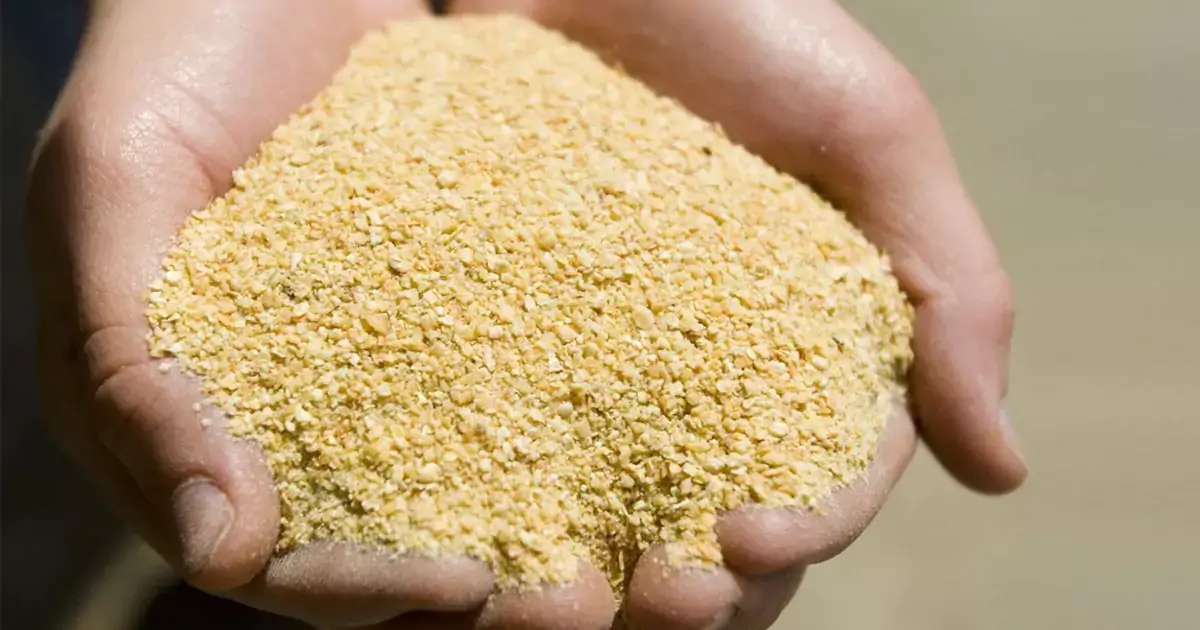
steps of How to your own chicken feed
First Step
Preparing Raw Materials:
before mixing your own chicken feed, you have to prepare the raw materials of chicken feed ingredients for layers according to organic chicken feed recipes for layers. in this article, we will give you suggestion on best layer feed ingredients for your reference.
Second Step
Crushing Process:
after preparing the organic chicken feed recipes for layers, the next step is crushing raw materials, it is also the first step in how to mix chicken feed for layers. This stage aims to grind the material into fine particles for easy mixing.
There is a hammer mill type crusher machine which is responsible for breaking down the raw material into finer particles. Once you grind all the materials into finer particles, you can move them to the next step for mixing. chicken feed crusher is suitable for pulverizing raw materials into powder with optimal particle size to obtain the best granulation effect.
Third Step
Mixing Process:
A feed mixer fully blends chicken feed ingredients for nutritional balance. To make pellet feed from crushed premix, use a pellet machine after crushing.
Last Step
Packing Process:
The packing process is an optional step in mixing your own chicken feed. After crushing and mixing, you can bag or store the final chicken mash feed according to your needs and requirements.
Our semi-automatic packaging machines efficiently handle the packaging process. A computer weighs the finished feed which pneumatically unload into bags. The bags are transported down the conveyor belt, and the machine is used to sew the top of the bag, where the dry feed can be stored.
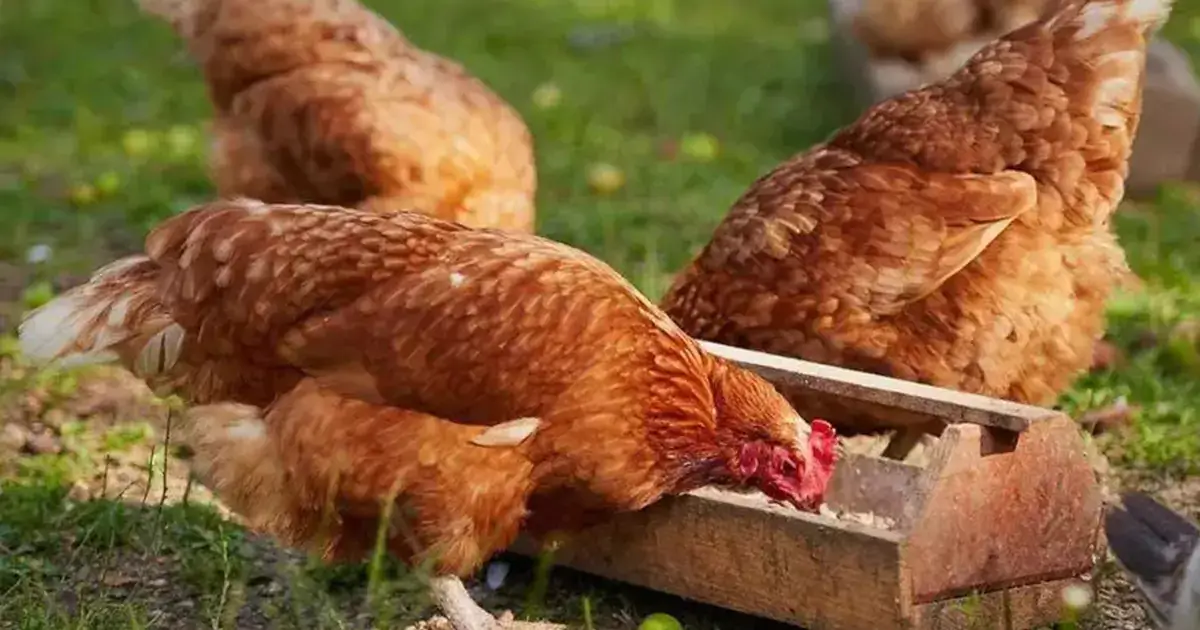
organic chicken feed recipes for layers
1. Mineral feed
The main types of mineral chicken feed include bone meal, shell powder, eggshell powder, calcium carbonate, and salt, which should be supplemented according to the growth of chickens.
For instance, if chickens lack calcium and phosphorus, you can add the right amount of bone meal. It mainly supplements the minerals lacking in the mixture and can account for 0.3% to 9% of the mixture.
Bone meal mainly supplements calcium and phosphorus and can account for 1% to 2.5% of the mixture. Shellac mainly supplements calcium deficiency and can account for 1% to 7% of the chicken feed mix.
It should be used more for laying hens and less for other chickens. Salt mainly supplements the sodium deficiency in the mixture and usually accounts for 0.3% to 0.4% of the mixture. you should alos consider salt content of fish meal.
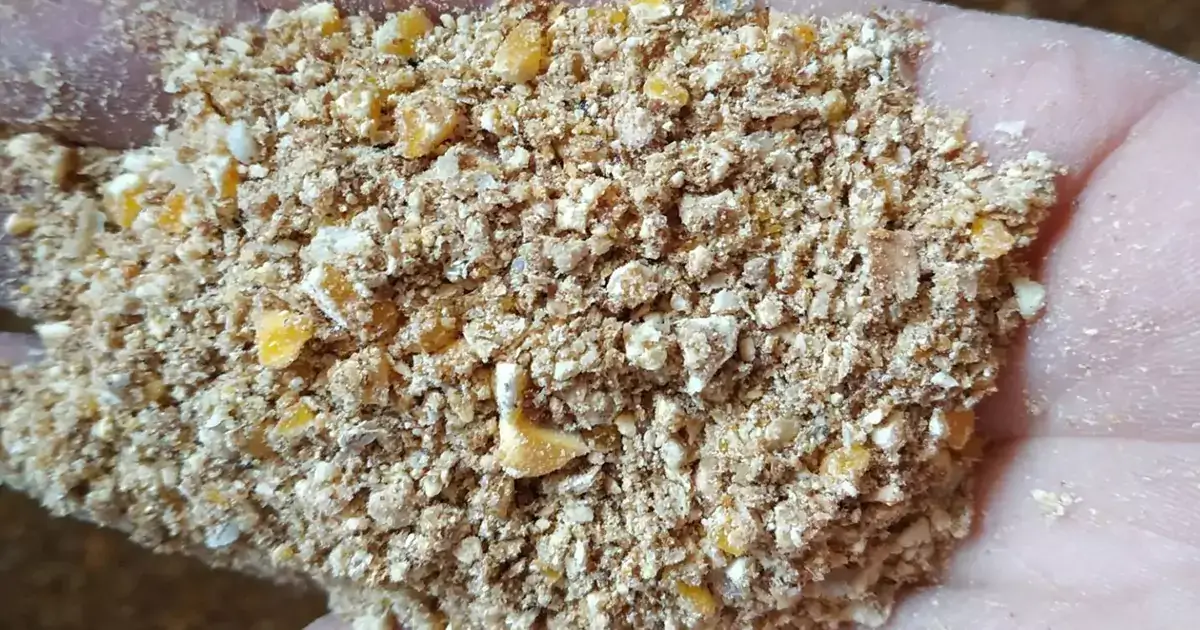
2. protein feed
Wikipedia states protein, from sources like soy and corn bran, is essential for poultry tissue development. Due to grains’ low mineral content, poultry diets need added calcium, phosphorus, magnesium, and other minerals. On the other hand, vitamins, such as vitamins A, B, C, D, E and K.
Plant-based protein feeds:
The main types are soybean, soybean cake, peanut cake, cottonseed cake, etc., you can use them with animal protein feeds in chicken feed mix. Note that all plant protein feeds need to be fed.
Animal protein feed:
Animal protein feed: mainly includes fish meal, meat meal, crab meal, egg yolk powder, pupae powder and other types. This feed type has 30%-65% protein, making up 5%-30% of the chicken feed mix.
Soybean and peanut cakes are excellent plant proteins, palatable and nutritious, comprising 10%-20% of the mix. Limit cottonseed cake, due to toxins, to under 7%. Fish meal, a high-quality animal protein, should be 5%-15% of the mix, but its salt content must not exceed 0.4%.
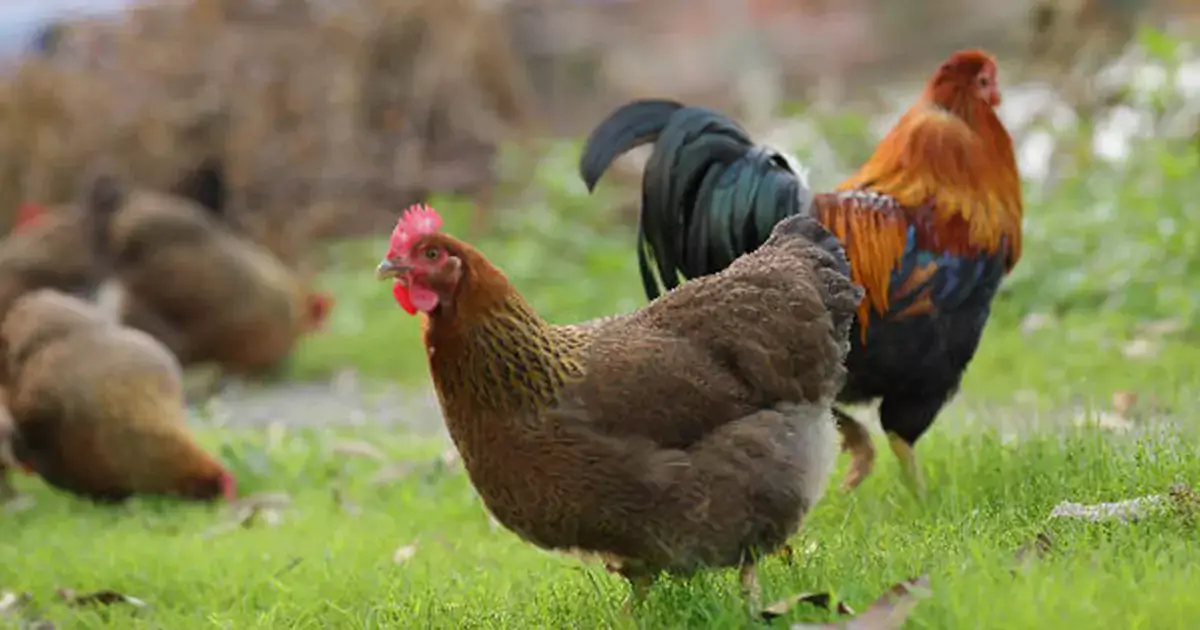
3. carbohydrate feed
There are types of corn, sorghum, barley, wheat, oats, and millet. You can choose the appropriate proportion in chicken feed according to the selected type.
There are types of corn, sorghum, barley, wheat, oats, millet, etc. You can choose the right proportion of the chicken feed according to the type chosen.
Corn is one of the most energy-dense grain feeds, and can make up 45% to 70% of the mix. Bran has good palatability, contains high levels of protein and phosphorus, and can make up 5% to 30% of the mix.
Barley contains a high level of crude fiber, the amount should not be too much, can account for 15% to 20% of the mix. Sorghum taste astringent, feed more will mix the chicken feed constipation, can account for about 10% of the mixture. Rice bran is often used as an auxiliary material, should not exceed 8%.
4. silage feed
The main types are alfalfa, clover, polymer grass, green vegetables, carrots, etc. Adding the right amount of vitamins can supplement the vitamins needed for the growth of chickens.
It is mainly to supplement the vitamin deficiency and can account for less than 30% of the mixture. The amount of various fresh green vegetables accounts for 20% to 30% of the mixture. Green leafy feed can account for 15 to 10 percent of the mixture.
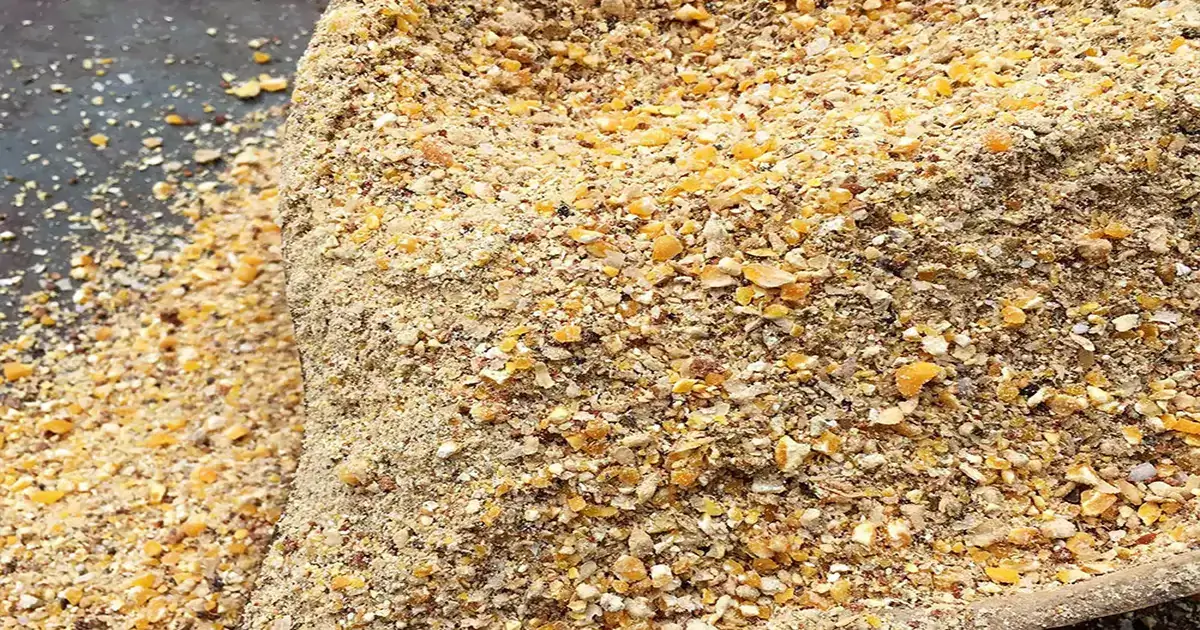
What additives can be added in chicken feed ingredients for layers
1. cod liver oil
Cod liver oil mainly contains vitamin A and vitamin D. It has the functions of strengthening the body, improving the quality of eggshell and improving the resistance to cold. The right amount of cod liver oil can enhance the body condition of chickens. When using it, you can choose oil or water, because it is easier to use it together with other ingredients.
2. calcium
Supplementing chickens with the right amount of calcium can reduce the chance of producing soft-shelled eggs. If a chicken is deficient in calcium it may cause toe twitching that will endanger its life.
3. iodine
Iodine boosts cold resistance and warmth. Add iodized salt as usual or include 2%-6% kelp in the diet.
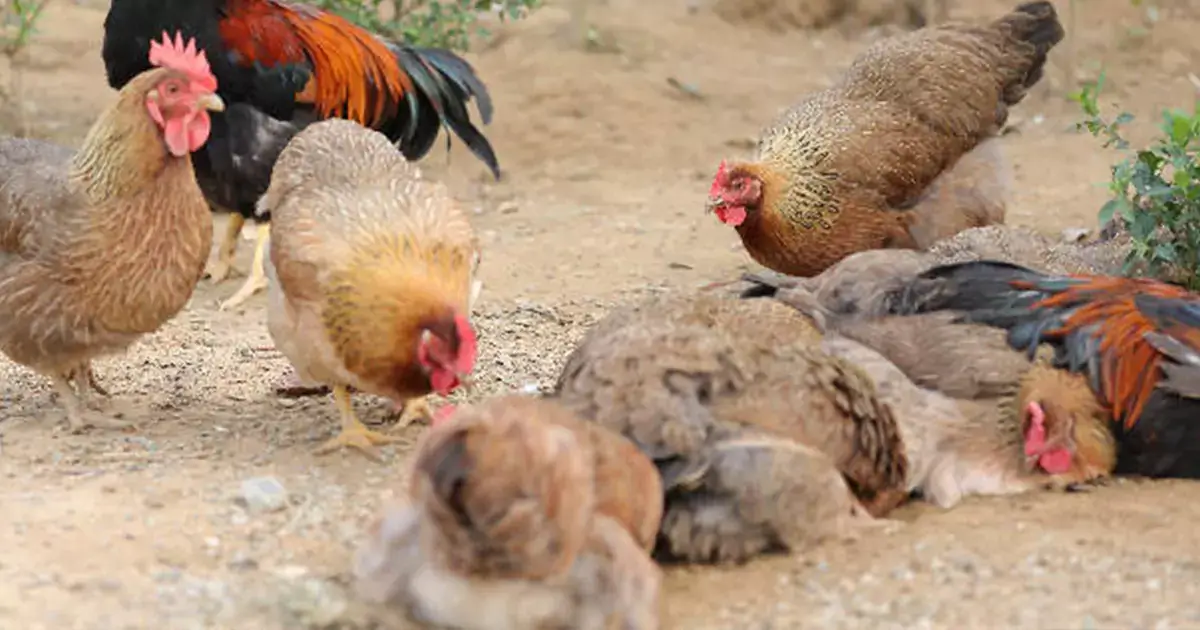
4. iron
Iron deficiency in chickens can lead to reduced resistance to cold and fear of cold. It is very important to supplement laying hens with iron, the amount required is 35 to 45 mg per kg of diet.
5. vitamins
Vitamin C boosts chicken disease resistance, prevents infections, and increases egg production. Mixing 5 grams per 100 kg of feed reduces consumption and boosts egg production.
Vitamin E deficiency reduces chicken ovary function and egg production. It’s added at 10 mg/kg, with early spring doses 2-6x higher to enhance immunity and egg yield.
